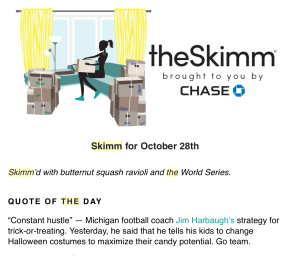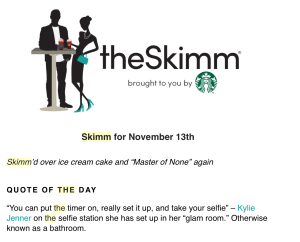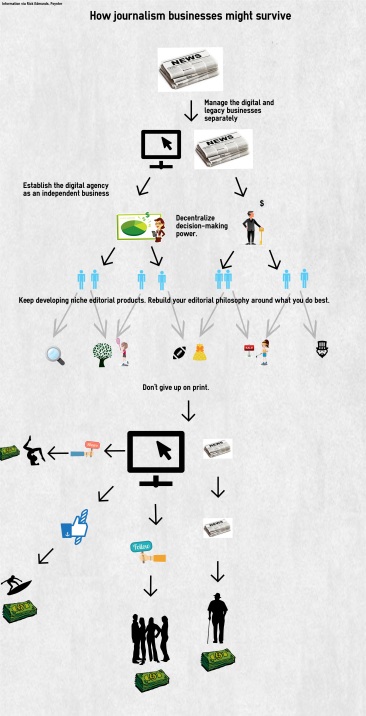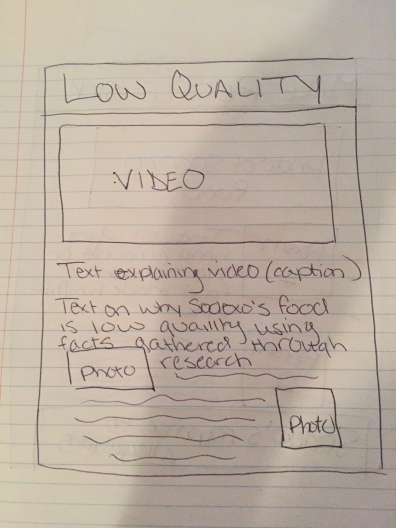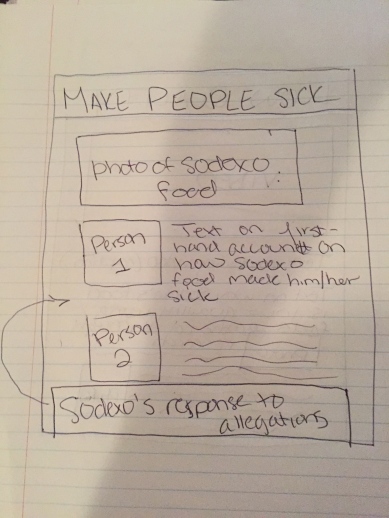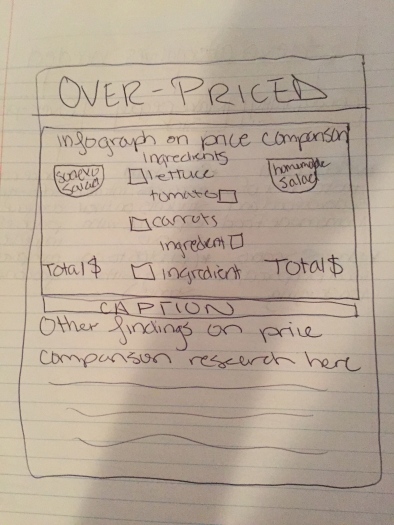The rise of technology now has the world completely interconnected. It shouldn’t be much of a surprise to anyone that the government also became a part of this new wave.
As Edward Snowden explained, the government keeps pockets of metadata. Anything that someone uses through cell phones, the internet, messages, social media, can be stored and analyzed for further or later use.
The part that concerned Snowden, is that the general public did not know that their own government was collecting this data and claims that the collection of metadata is a direct violation of privacy. The government, however, claims that the collection of metadata prevents terrorist attacks from happening and is only serving the role as big brother in order to protect the citizens.
And this is exactly why Snowden is being blamed for the attacks in Paris.
Paris has it’s own metadata collection service, as do most countries. Some are claiming that because of Snowden’s whistleblowing, his intelligence leak has made it easier for terrorists to hide online. Despite having this advanced tracking technology, the elaborately planned attacks still happened, leaving over a hundred of Parisians and travelers dead.
However, I do not find these arguments to be valid. Only relying on massive amounts of technology tracking in order to find terrorists doesn’t seem to be the most reliable nor effective way to effectively stop terrorists. Since 2001, the claim to use spying technology doesn’t ring true to me – for example, the Boston Bombing still happened, movie theaters and schools were still targeted (but there’s little speak of this from the government since this apparently only applies to gun laws and mental health discussions).
